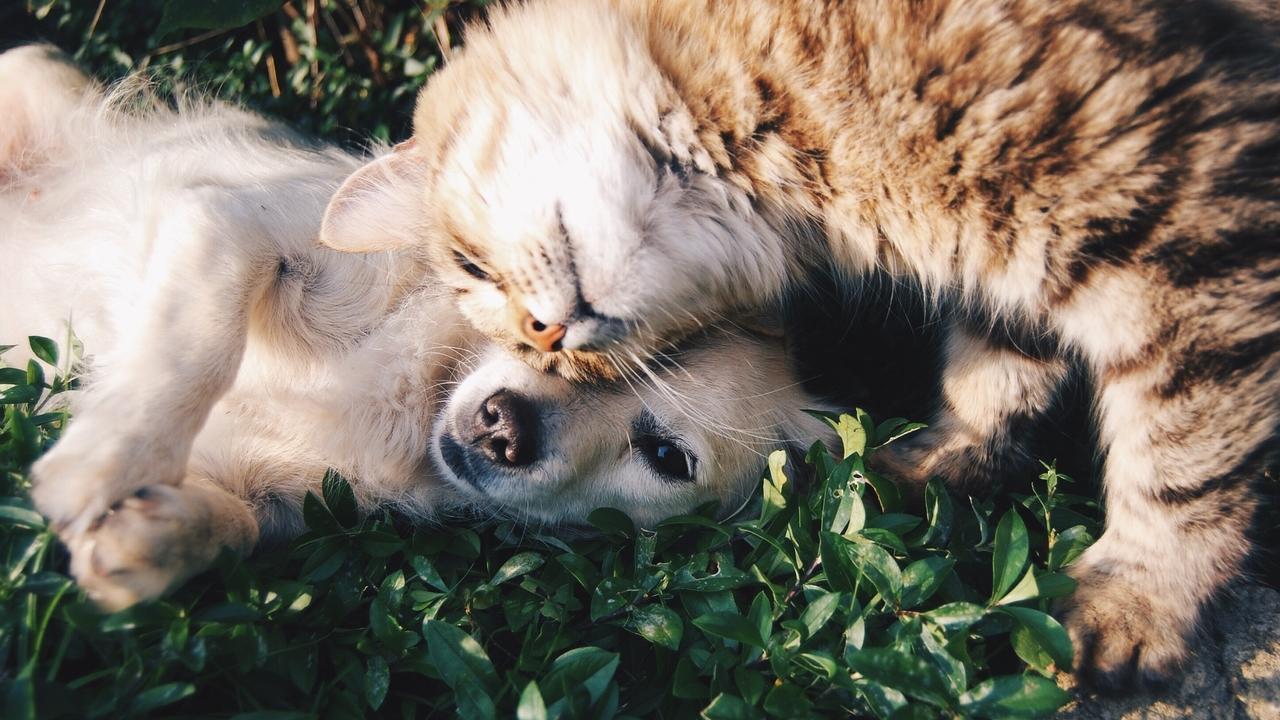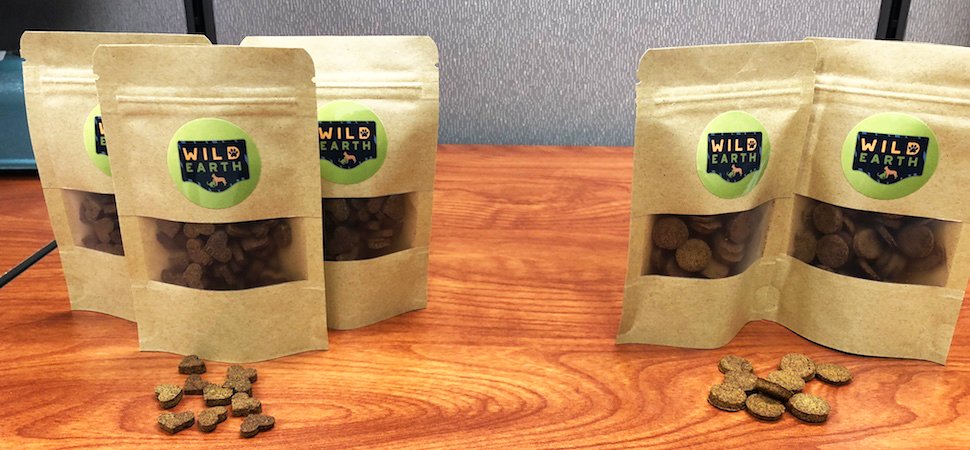The Sustainable Future of Pet Food

Americans own 184 million dogs and cats. And who can blame them pets are incredible! Dogs and cats make amazing and caring companions, it’s no surprise that approximately 68% of Americans own either one of them and spend $30 billion annually to take care of their furry friends. What is surprising, however, is the environmental impact of their pet foods.
Pet food is one of the largest consumers of meat in the world. America’s dogs and cats consume about 25% of all meat sold in the country. A recent study investigating the environmental impact of pet food found that American pets consume enough meat that they alone would be the fifth most meat-consuming nation in the world. All meat carries a heavy environmental burden. Livestock agriculture is a resource intensive process, and it takes about 1,799 gallons of water and 38 pounds of feed to produce one pound of beef. Specifically, meat consumption by pets is responsible for 64 million tons of greenhouse gases annually.
There clearly needs to be a more responsible way to feed all our pets the healthy diet they need as well as be environmentally responsible. Cellular agriculture offers a solution. Cellular agriculture (‘cell ag’) is the process of growing animal products, like meat, from cell cultures and eliminates the need to use animals to get the product. Wild Earth is the first startup to use cell ag technology to focus on producing cultured pet food, and their work offers a sustainable solution to sustainably produce healthy pet food. Without requiring animals.
Cellular Agriculture and Pet Food
Wild Earth is the first startup to use cellular agriculture to produced cultured pet food. Other companies in the field have used cell ag to grow meats for humans, like beef and poultry. To grow cultured meat, muscle cells are taken from the animal and grown in a cell culture to become meat. Without requiring animals. By focusing on producing cultured protein, Wild Earth also avoids health risks associated with conventional pet food.

Earlier in 2018, food manufacturer J.M. Smucker Company Inc. recalled 107 million cans of dog foods (including popular brands like Gravy Train and Kibbles ‘n’ Bits) because they used ingredients containing toxic euthanasia drugs. Since livestock animals are rarely euthanized (especially when used for food), the presence of euthanasia drugs in the dog food suggests that the meat could have been from horses or even other dogs and cats from animal shelters. Since this isn’t the first time (and unlikely the last) that pet food has been recalled, using cultured protein offers a safer way to produce protein for pets.
Wild Earth and Cultured Protein
Enter Ryan Bethancourt and Ron Shigeta. These two were the leaders behind Berkeley Biolabs and, most recently, IndieBio. A life sciences accelerator that brought forth cellular agriculture startups Memphis Meats, Finless Foods, Clara Foods and Geltor. Having assisted these cellular agriculture startups develop sustainable animal products, Bethancourt and Shigeta saw a solution to the environmental burden of pet food: cultured protein! They weren’t the only ones who believe that. After co-founding Wild Earth with Kristin Wurhman and Abril Estrada, Wild Earth recently announced that they raised $4 million in seed funding in March 2018.

Wild Earth's Pet Food for Dogs
Wild Earth’s first product on the market is likely to be a dog food treat made using koji. Koji is a breed of fungi that is a distant relative of mushrooms. Since koji is already used in miso and soy sauce, it already has regulatory approval for human consumption, meaning it will be safe to use in dog foods. While producing cultured koji protein isn’t technically cellular agriculture (since no animal product is produced), the process to grow koji involves the same steps as cell ag (using bioreactors as fermentation tanks).
On the other hand, cats are more particular about their diets. Alternative proteins (like koji-based cultured protein) will not work for them. They require animal protein in their diet. Cellular agriculture provides a sustainable way to produce that. Wild Earths is working to develop cat food using cell-cultured meat from mice (what other meat would a cat prefer?). Mice are the most studied animals in biology labs, so there is plenty of previous research and data on using mice stem cells to grow animal tissues (except, this time, for meat).
Conclusion
In an interview, CEO Ryan Bethancourt stated that he is “unapologetic in saying that I want to end the use of animals in our food system but I think the only rational way to do that is to give everyone a better option”. Having supported cell ag startups through IndieBio to do just that, Bethancourt is now bringing his mission to the pet food industry with Wild Earth. Wild Earth plans to have their first cultured mouse meat cat food in the market by 2019 as they plan how to bring their product from lab to market. The dry kibble dog food (the wet dog food is still in development) will likely be on the market in the next 3 to 4 months!

While it is exciting that Wild Earth’s pet foods could be the first cultured meat product to market, there is some concern. If the first cell-cultured meat product on the market is produced for animals to eat, how appetizing and appealing will cultured meat be for humans? With many in the cell ag field working on overcoming social perceptions of animal products from cell cultures instead of animals, it will be interesting to see how potential consumers respond to one of the first products being a meal for their little furry friends.
Stay connected with CellAgri
Join our mailing list to receive the latest news and updates weekly from the cellular agriculture industry. Your information will not be shared.





